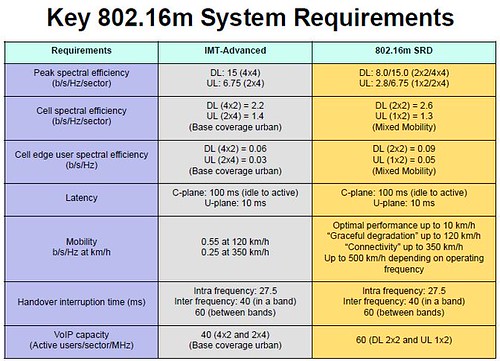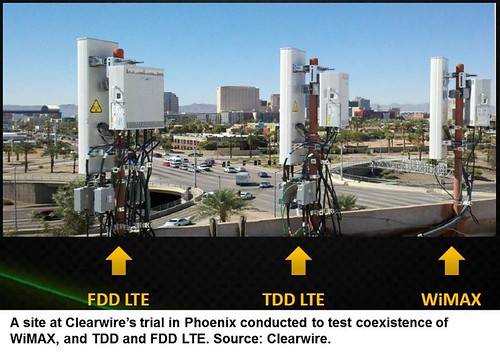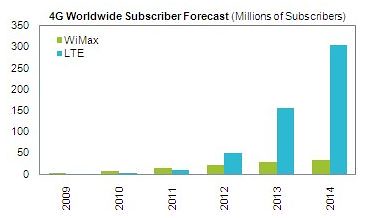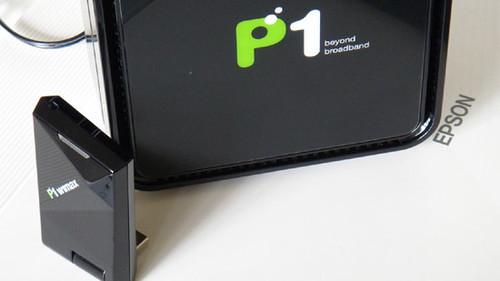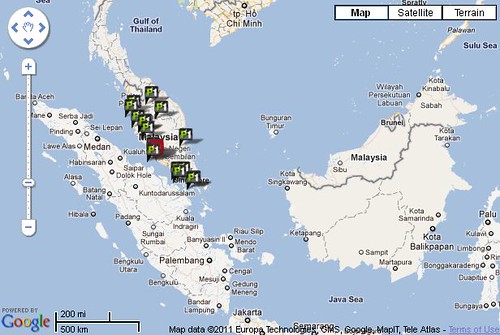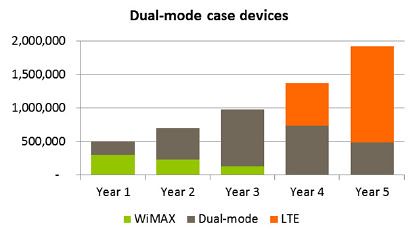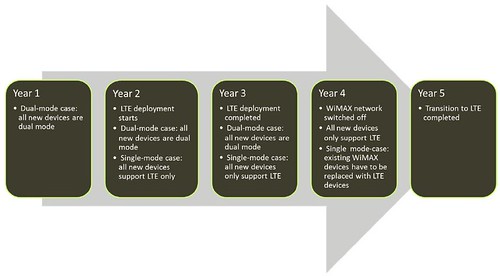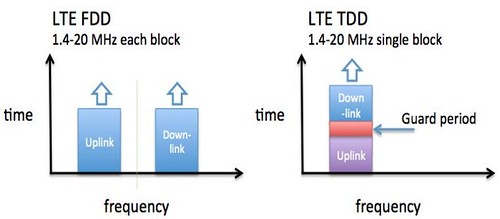Packet One Networks in Malaysia, one of the pioneer WiMAX operators, says it intends to migrate to LTE TDD by the year-end, reports Light Reading.
According to The Star newspaper, P1 currently has more than 280,000 users, but now intends to migrate to LTE TDD once technologies are more mature.
Light Reading observes that P-1′s investor partner, SK Telecom, is also testing LTE TDD with China Mobile. China and India are big proponents of the spectrum-efficient TD-LTE approach which doesn’t require paired channels. Their testing found TD-LTE performance delivered average cell throughput (10MHz system bandwidth) of 14.6Mbps downstream (spectral efficiency: 2.69bps/Hz), while uplink average cell throughput is 6.2Mbps (spectral efficiency: 1.55bps/Hz), both meeting NGMN (Next Generation Mobile Networks) requirements.
Other WiMAX operators, including Yota in Russia plan to migrate to LTE, while broadband license-holders in India are also opting for LTE TDD deployments instead of WiMax.
NTT Docomo launched commercial LTE service in Japan last December. Docomo’s LTE service will cover Tokyo, parts of Osaka, Nagoya and a handful of other areas near these cities. It is initially limited to only major cities. The Japanese mobile operator was the world’s first to launch a 3G network, back in 2001. TeliaSonera in Sweden, was the world’s first to launch LTE, in December of 2009.
India’s top mobile firm, Bharti Airtel, No. 2 Reliance Communications, Vodafone, Tata Teleservices, and Idea Cellular spent a combined $23 billion for licenses in recent 3G and 4G spectrum auctions (auction results) in the world’s fastest-growing cellular market. Qualcomm won 2.3GHz spectrum (20 MHz) in four telecom circles of India in the recently held BWA spectrum auctions and plans to go with TD-LTE.
TD-LTE gained credence once China Mobile, the world’s largest wireless operator, said it planned to deploy TD-LTE across its network. China currently has over 720 million mobile cellular subscribers, more than twice as many as the United States.
China Mobile, the largest mobile operator in the world , is reportedly planning metro TD-LTE trials in up to six cities; Beijing, Shanghai, Guangzhou, Nanjing, Shenzhen and Xiamen. Various reports suggest the world’s largest operator has deployed 3,000 base stations and is waiting for approval by the Ministry of Industry and Information Technology (MIIT).
It looks like a wrap. No party at the WiMAX Forum is likely.
Proponents say WiMAX delivers real benefits in cost/effectiveness. It’s a greenfield solution, free from carrier control, spectrum restrictions and onerous patent overhead. My WiMAX service from Clearwire in Portland over the past year has been great. It’s not perfect, but it provides me with my sole source of broadband — both at home and mobile — for only $40/month. It’s a pretty good deal.




